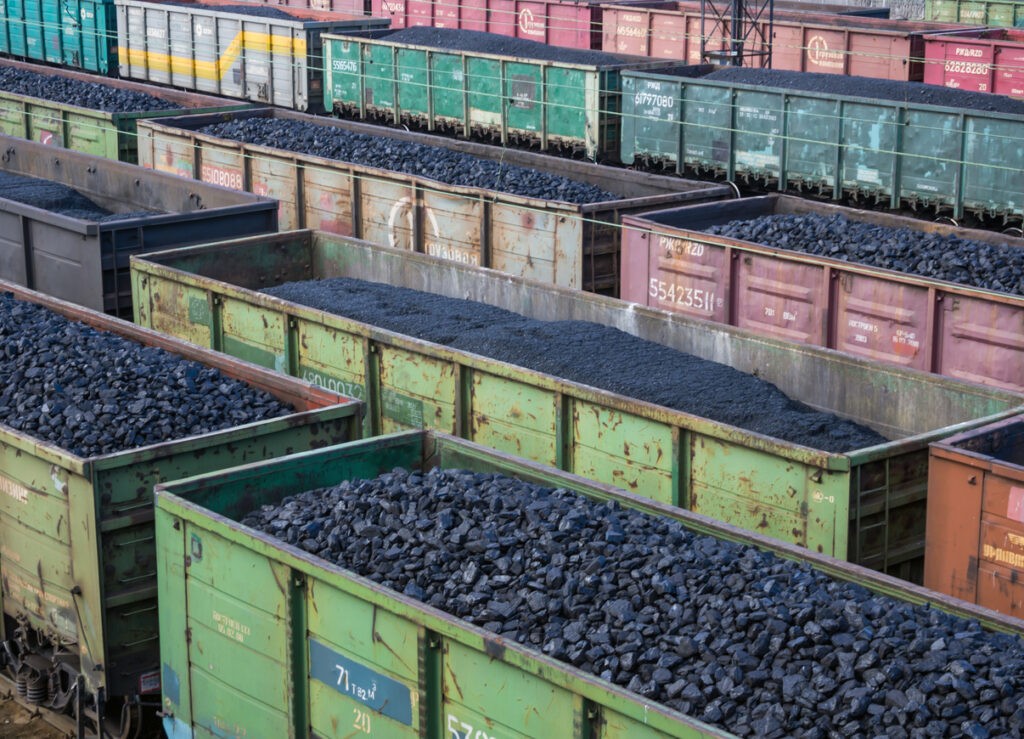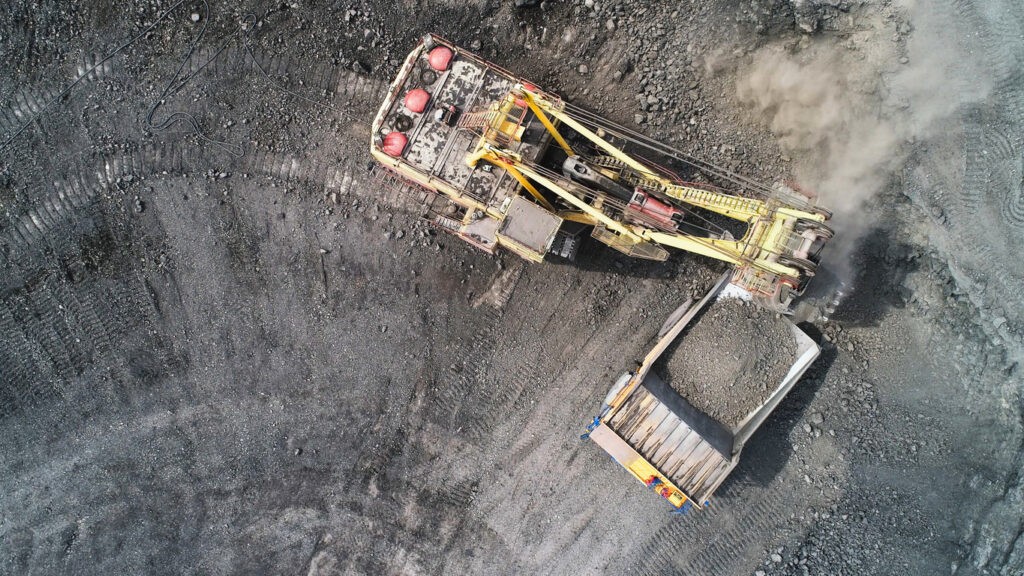Viewing results 1 - 6 of 26
Kyrgyzstan plans to abandon coal imports within the next two years and stop buying foreign electricity by 2027. Speaking at a parliamentary group meeting, Energy Minister Taalaibek Ibraev announced that the country is already preparing to meet these challenges by actively developing the energy sector's infrastructure. Ibraev emphasized that the problem with transformers, which was relevant earlier, will be solved next year. Repairs have already been carried out in all 56 RECs (district electric networks), and five spare transformers have been provided for each of them in case of emergencies. A tender has also been held for purchasing one thousand transformers worth $58 million, of which $25 million are loan funds, $25 million is a World Bank grant, and $8 million is a Swiss grant. In addition, 600 thousand new meters are planned to be purchased. These measures will significantly improve the reliability of the country's electricity supply. The minister also noted that the country's generating capacity deficit is 300 to 400 megawatts. To solve this problem, solar power plants will be launched, allowing the country to scale down electricity imports. In addition, Ibraev announced plans to refuse coal imports in the next two years. The country is developing projects to introduce alternative energy sources and ensure energy independence. Problems with transformers in Kyrgyzstan have been acute over the past few years due to worn-out energy infrastructure and equipment shortages. Many transformer stations needed modernization, resulting in power supply failures. The government initiated large-scale transformer replacement and repair projects in response to these challenges.
The Government of Kyrgyzstan has increased the price of coal exported to Uzbekistan by 37%, according to the publication Tazabek.kg. As stated in a report issued by the National Statistics Committee of Kyrgyzstan, from January to May this year, Kyrgyzstan exported 302,000 tons of coal worth $12.7 million to Uzbekistan, 1,000 tons less than in the same period last year, when Uzbekistan paid $9.2 million for 303,000 tons. Coal suppliers did not comment on why the prices were so high. In the first five months of 2024, the average price per ton of exported coal was $42. Last year, this indicator was reported to have not exceeded $30.9.
The Chinese company Henan intends to invest $400 million in developing coal deposits in Uzbekistan. There are also plans by the Turkish company Bab Energy ve Petrol Urunleri A.S. to establish facilities for the production of enriched kaolin. On July 9th, President of Uzbekistan Shavkat Mirziyoyev received a report on the work and progress of investment projects in the field of geology. According to the provided data, almost 3 million tons of coal have been extracted in the country over the last six months. There are plans for the production of more than 5 million tons of coal in the second half of the year. Overall, coal production is expected to increase by 1.4 million tons this year compared to last year, while imports are expected to decrease significantly. The coal industry is also implementing a number of investment projects. In particular, the Chinese company Henan plans to directly invest 400 million dollars towards the development of the Nishbash deposit. As a result of this project, up to 8 million tons of coal will be mined from underground and 5 million tons of coal per year will be enriched. In addition, there are plans to produce enriched kaolin from the "Apartak-3" deposit in the Tashkent region jointly with the Turkish company Bab Energy ve Petrol Urunleri A.S. As a result of this joint venture, 40 new jobs will be created, and 70 thousand tons of enriched kaolin will be produced per year.
According to data released by the Statistics Agency of Uzbekistan, from January – May, the country’s production of natural gas amounted to 18.8 billion cubic meters, one billion cubic meters less than in the same period last year. Natural gas production in Uzbekistan has seen a steady decline in recent years and from 2019-23, fell by 22.8 percent. In 2022, gas production decreased from 53.8 billion to 51.67 billion cubic meters, or 4%, and in 2023, from 51.67 billion to 46.71 billion cubic meters, or 9.6%. To compensate for the drop in domestic production, Uzbekistan has increased its import of natural gas from Turkmenistan and Russia. In the first 5 months of this year, Uzbekistan also saw a decrease in coal and oil production. Coal production fell by 73 thousand tons, to 1.9 million tons, and oil production, by 22 thousand tons, to 305 thousand tons.
During the 5th Coal Industry Forum at the 14th International Mining and Metallurgical Congress on 6-7 June in Astana, Yerzhan Yelekeyev, Chairman of the Management Board of Kazakh Invest, presented new investment opportunities to produce high-tech goods from Kazakh coal. Substantiating his claim that the coal chemistry industry has the means to help grow Kazakhstan’s chemical industry and developments in manufacturing, Yelekeyev stated: "Having an extensive resource base and an advantageous geographical location, we must realize the potential of the coal chemical industry. In total, more than 400 different products can be obtained by processing coal, the cost of which is 20-25 times higher than the cost of coal itself. With the deep processing of coal, it is possible to obtain products that cost 25-30 times more than raw materials. Currently, the share of coal products in Kazakhstan is 3%; an indicator of the low level of development of coal chemistry. The price of coal is lower and more stable than that of gas and oil. According to preliminary calculations, the unused potential is worth $25 billion.” In his presentation on "Partnership of Kazakhstan and the European Union in the field of critical minerals,” Timur Izbasarov, Deputy Director of the Strategy Department at Kazakh Invest, added that according to the World Bank, Kazakhstan has over 5,000 undiscovered deposits valued at over 46 trillion US dollars, and hence, significant opportunities for investment and cooperation in the field waiting to be untapped.
On 13 May, Uzbekistan President Shavkat Mirziyoyev reported on government plans to increase the country’s coal production. The country’s coal reserves currently amount to almost 2 billion tons, and production continues to grow. In 2023, Uzbekistan produced 6.550 million tons of coal compared to less than 4 million tons in 2016. The target this year, is to increase coal production to 8 million tons, and by 2025, up to 10 million tons. As a result of an earlier drive by the government to attract investment in the industry from the private sector, 369 thousand tons of coal were produced in 2023 and this year, is expected to rise to 900 thousand tons. Geological exploration is currently underway at new coal deposits in the regions of Surkhandarya, Kashkadarya and Tashkent, and according to the report, coal production in these areas should begin next year.






